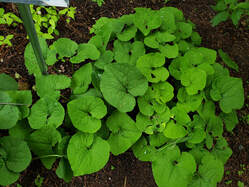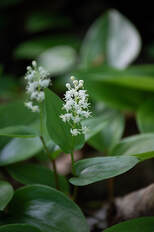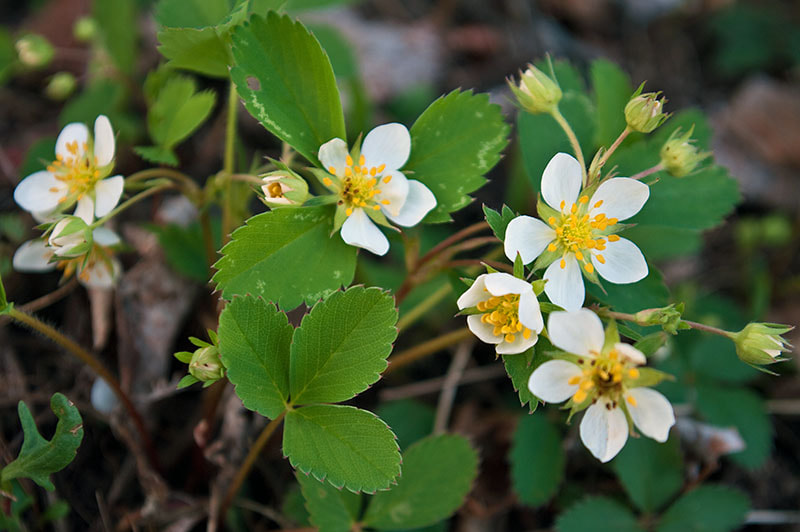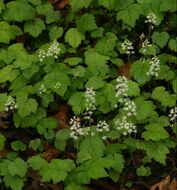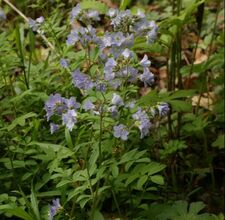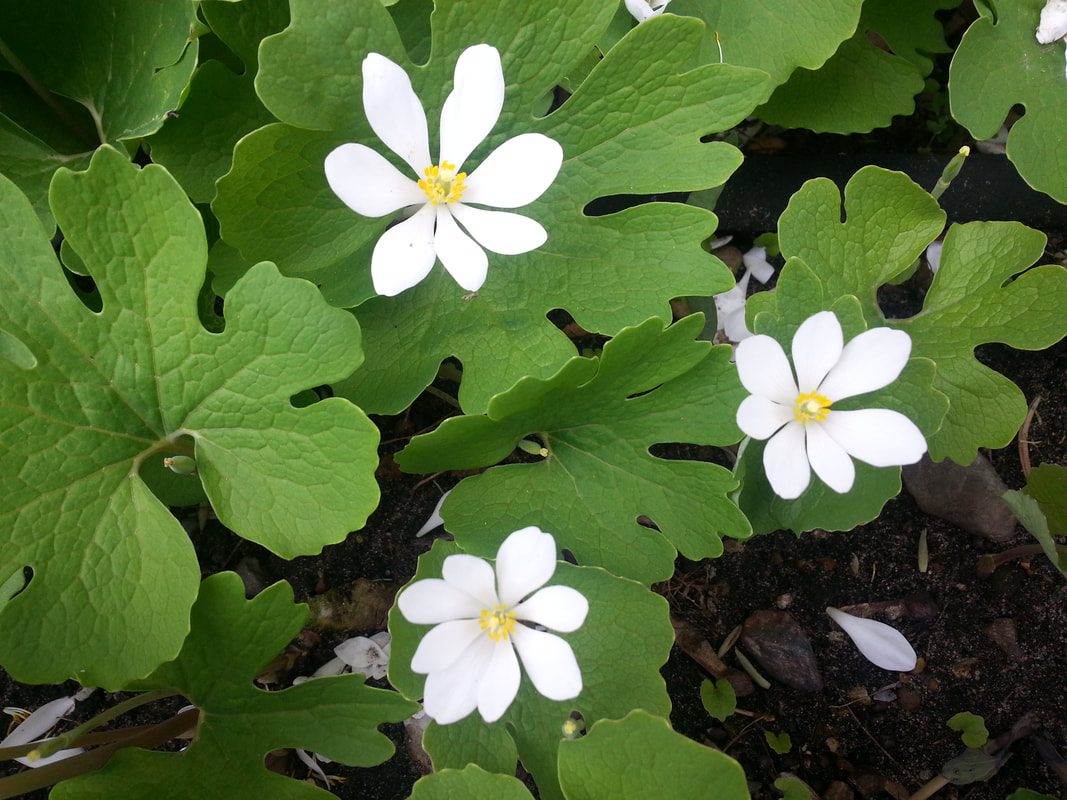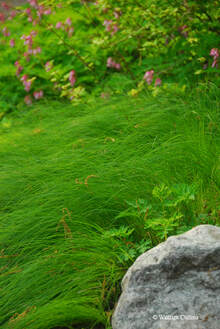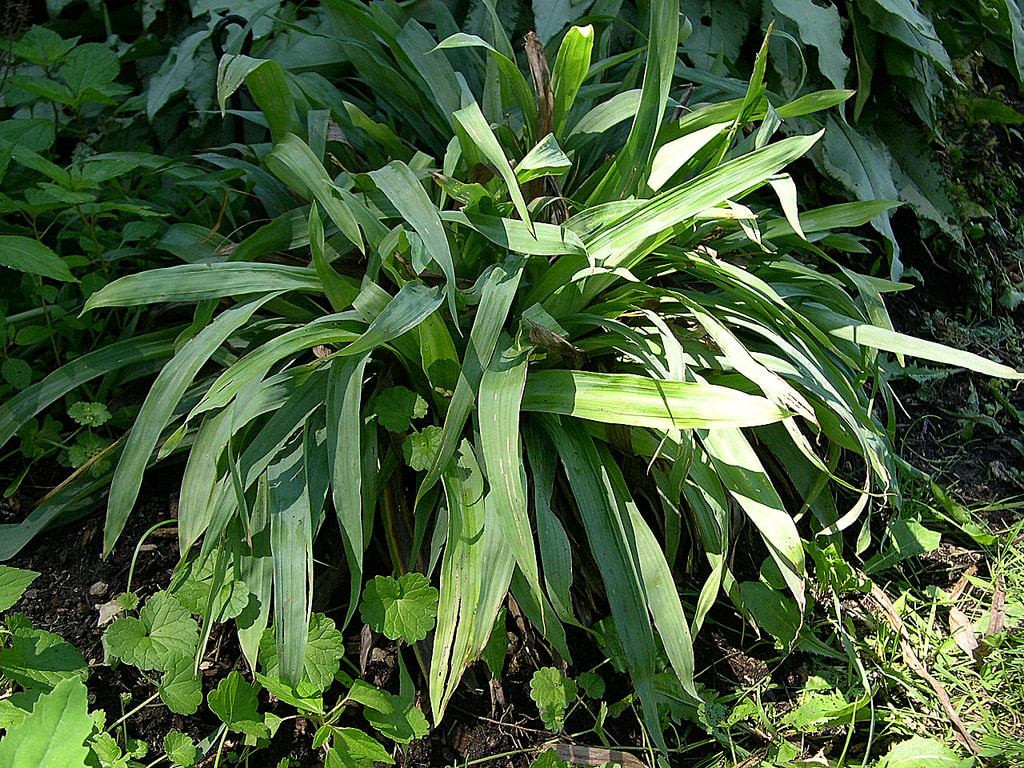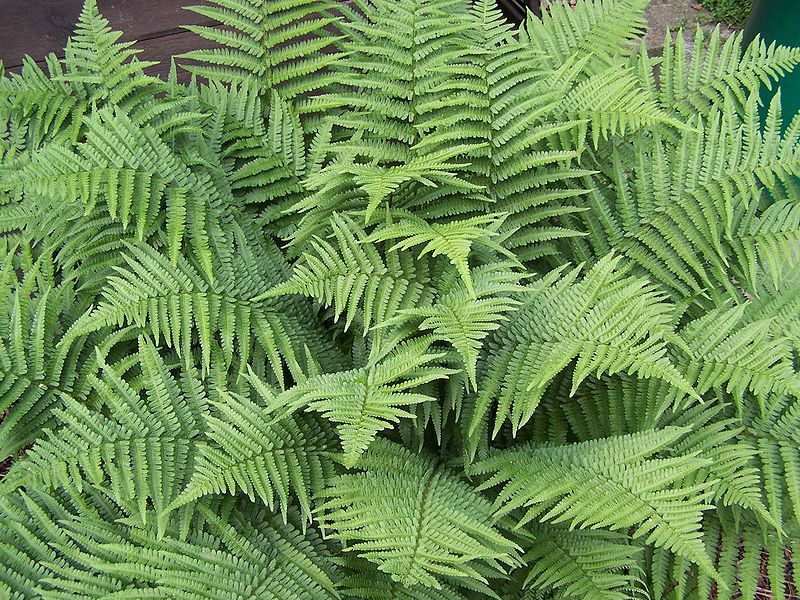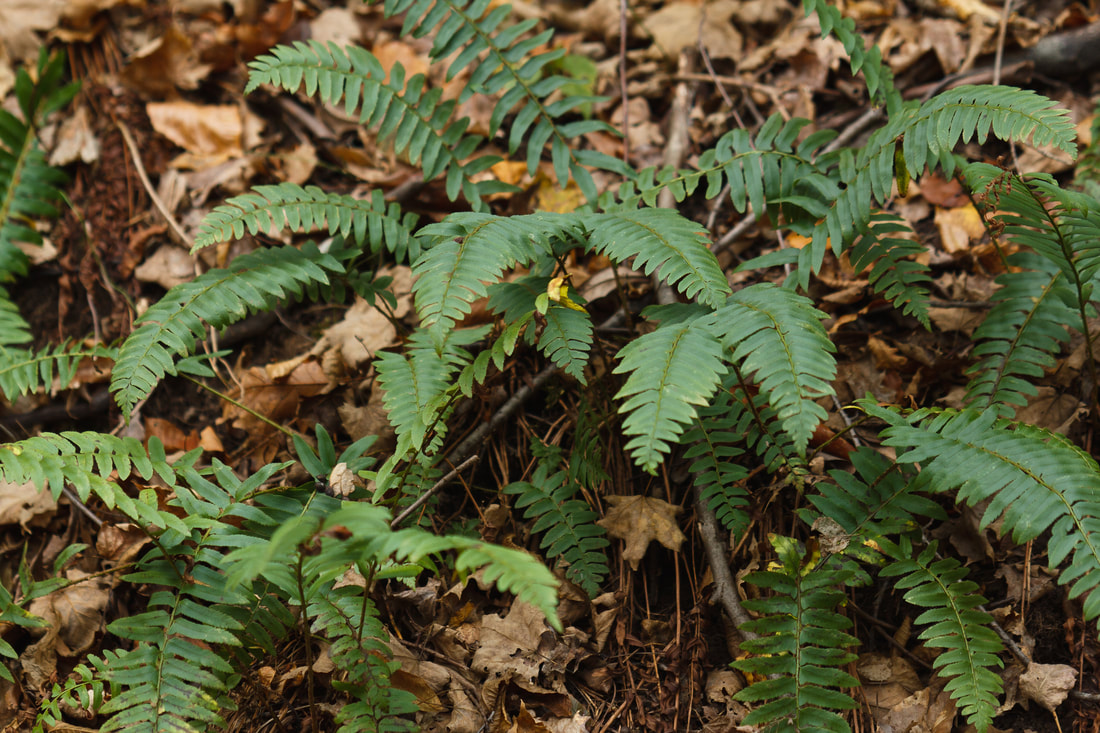Replacing Garlic Mustard on Your Property
Garlic mustard is an invasive species that arrived by way of our herb gardens. Its nutritional value for humans masks more problematic traits, like the ability to crowd-out other species, failing to feed wildlife, and preventing seeds of trees from sprouting. As you’re removing it from your woods (thank you!), you may have native species come back up on their own, or they may need some help getting established. Below are a few native options (besides glorious spring ephemerals like Trillium, trout lily, and spring beauty) that we recommend as alternatives:
You can also download this page as a printable PDF.
You can also download this page as a printable PDF.
Groundcovers: plants that cover an area densely and low-to-the-ground, giving you a better chance of targeting garlic mustard.
|
Wild strawberry (Fragaria virginiana) is perfect for areas that get a little more sun! With its bright white flowers and tasty red fruits (if you can beat the birds to them!) it does a great job of filling in spots that might be too sunny for other shady ground-covers while supporting all sorts of wildlife.
Photo: Leo Papandreou |
Other Groundcover Notes: Remember that native groundcovers often do best in a mix of species, where each can take over the spot that works best for it.
Since you’re taking the time to improve your habitat, please steer clear of invasive groundcovers like myrtle/periwinkle (Vinca minor), lily-of-the-valley (Convallaria majalis), English ivy (Hedera helix), and sweet-woodruff (Gallium odoratum).
Since you’re taking the time to improve your habitat, please steer clear of invasive groundcovers like myrtle/periwinkle (Vinca minor), lily-of-the-valley (Convallaria majalis), English ivy (Hedera helix), and sweet-woodruff (Gallium odoratum).
Perennials: Plants that get about as tall as garlic mustard. Good for encouraging diversity after removal.
|
Foamflower (Tiarella cordiformis) forms adorable mounds of heart-shaped leaves with spangles of pale blooms on stalks, this pretty plant is great at growing close to other perennials, helping to leave no space for garlic mustard seedlings to start. Bishop’s cap (Mitella diphylla) and American alumroot (Heuchera americana) are two other native species that can look like foamflower and fill a similar niche.
Photo: Dogtooth77 |
|
Bloodroot (Sanguinaria canadensis) does indeed have bloody roots, but more fascinating are its early spring flowers for pollinators and its intriguing lobed leaves that last through the summer. It’s not dense enough to block garlic mustard, but it does a great job getting an early start.
Photo: K Grzesiak |
Sedges and Ferns: Change it up; you're not limited to flowering plants! Sedges (a grass-like plant) and ferns are great habitat in shaded areas.
|
Pennsylvania sedge (Carex pennsylvanica) grows densely and never gets very tall. Despite not being very showy, this plant supports many insects, including the caterpillars of the Appalachian brown butterfly.
Photo: William Cullina Silver sedge (Carex playtphylla) grows in neat clumps with wide, pale leaves, and supports a multitude of insects that feed our woodland birds. Photo: Jason Stumer |
|
Male fern (Dryopteris filix-mas) is a native fern that does a great job of filing in shady areas, providing great cover for wildlife.
Photo: Valerie75 Christmas fern (Polystichum acrostichoides) sports green foliage all year ‘round, making it ideal for keeping garlic mustard seedlings under wraps. Photo: Tom Potterfield |
